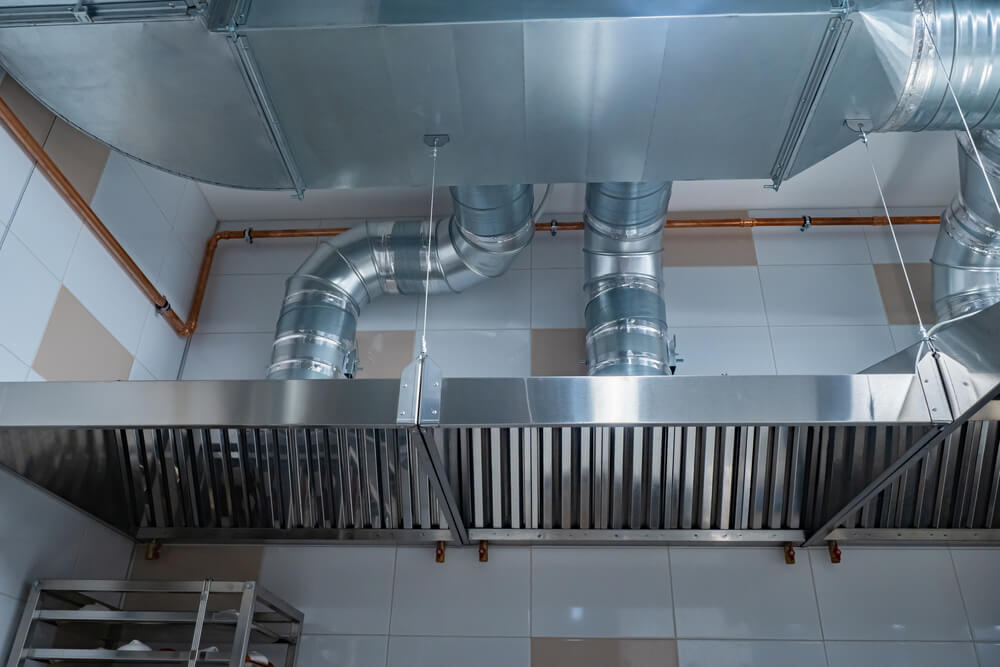One of the most important parts of keeping your kitchen clean and functional is maintaining a clear and clog-free sink drain. Over time, food debris, grease, and other substances can build up in your kitchen sink drain, causing it to become slow or completely clogged. Luckily, with a few simple steps, you can easily clean your kitchen sink drain and keep it running smoothly. Before we dive into the steps for cleaning a kitchen sink drain, it's important to note that prevention is key. To avoid buildup and clogs, be sure to regularly clean your dishes and dispose of food scraps properly. You can also use a sink strainer to catch larger debris before it goes down the drain.How to Clean a Kitchen Sink Drain
If your kitchen sink drain is already clogged, don't worry. There are a few methods you can try to unclog it before resorting to calling a plumber. 1. Plunger: Start by using a plunger to try and dislodge the clog. Make sure there is enough water in the sink to cover the plunger and create a seal. Plunge up and down vigorously for a few minutes. If the clog doesn't budge, move on to the next method. 2. Baking soda and vinegar: Pour half a cup of baking soda down the drain, followed by half a cup of vinegar. Let it sit for 15 minutes, then pour boiling water down the drain to flush out the clog. 3. Drain snake: If the first two methods don't work, you can use a drain snake to physically remove the clog. Insert the snake into the drain and twist it to break up and remove the clog.How to Unclog a Kitchen Sink Drain
If you find yourself constantly dealing with clogs in your kitchen sink drain, it may be time to consider installing a wall cleanout. This is a small access point in the wall near your sink drain that allows for easier cleaning and maintenance. 1. Choose a location: The wall cleanout should be installed between the sink drain and the main drain line. Choose a location that is easily accessible and not obstructed by cabinets or other fixtures. 2. Cut the drywall: Use a drywall saw to cut a hole in the wall large enough for the cleanout fitting to fit through. 3. Install the fitting: Use PVC cement to secure the cleanout fitting in place. 4. Connect the drain line: Use PVC pipes and fittings to connect the cleanout fitting to the sink drain and main drain line. 5. Test it out: Run water through the drain to make sure there are no leaks and that the cleanout is functioning properly.How to Install a Wall Cleanout for a Kitchen Sink Drain
A drain snake, also known as a plumber's snake, is a long, flexible tool used to clear clogs in pipes. Here's how to use it specifically for cleaning a kitchen sink drain. 1. Gather your materials: You will need a drain snake, a bucket, and rubber gloves. 2. Remove the drain cover: Use a screwdriver to remove the drain cover from the sink. 3. Insert the snake: Insert the snake into the drain and push it in as far as it will go. Use the handle to turn the snake and break up any clogs. 4. Retrieve the clog: Once you feel that the snake has reached the clog, pull it out carefully. Use the bucket to catch any debris that comes out with the snake. 5. Test the drain: Run water through the drain to make sure it is now clear.How to Use a Drain Snake for Kitchen Sink Drain Cleaning
If you need to replace your kitchen sink drain or simply want to give it a deep clean, you'll first need to know how to remove it. 1. Prepare the area: Clear out the area under the sink and place a bucket or towels to catch any water that may come out. 2. Loosen the drain: Use a pipe wrench to loosen the nut holding the drain in place. Turn it counterclockwise to loosen it. 3. Remove the drain: Once the nut is loosened, you should be able to pull the drain out of the sink. 4. Clean the drain: Use a scrub brush and hot soapy water to clean the drain thoroughly before reinstalling it.How to Remove a Kitchen Sink Drain
If your kitchen sink drain is clogged, there are a few simple steps you can take to clear it. 1. Boiling water: Sometimes, all it takes to clear a clog is pouring boiling water down the drain. Boil a pot of water and carefully pour it down the drain in 2-3 stages, allowing it to work for a few minutes in between each pour. 2. Salt and baking soda: Mix half a cup of table salt with half a cup of baking soda and pour it down the drain. Follow with boiling water. The combination of the two ingredients can help break up clogs. 3. Vinegar and hot water: Pour a cup of vinegar down the drain, followed by a pot of boiling water. The vinegar will help break down any buildup or grease in the drain.How to Clear a Clogged Kitchen Sink Drain
A leaky kitchen sink drain can be a nuisance and can also cause damage to your cabinets and flooring. Here's how to fix it. 1. Identify the source: First, you'll need to determine where the leak is coming from. Is it the drain itself or the connection between the drain and the main drain line? 2. Tighten the connections: If the leak is coming from the connections, use a pipe wrench to tighten them. Be careful not to overtighten, as this can cause damage. 3. Replace the gasket: If the leak is coming from the drain itself, you may need to replace the gasket. Unscrew the drain and remove the old gasket, then replace it with a new one and screw the drain back in place. 4. Test it out: Run water through the drain to make sure the leak has been fixed.How to Fix a Leaky Kitchen Sink Drain
If your kitchen sink drain is old or damaged, you may need to replace it with a new one. 1. Prepare the area: Clear out the area under the sink and place a bucket or towels to catch any water that may come out. 2. Remove the old drain: Follow the steps outlined in "How to Remove a Kitchen Sink Drain" to remove the old drain. 3. Install the new drain: Place the new drain in the sink and secure it with the nut and gasket provided. Use a pipe wrench to tighten the nut. 4. Connect the drain line: Use PVC pipes and fittings to connect the new drain to the main drain line. 5. Test it out: Run water through the drain to make sure there are no leaks and that the drain is functioning properly.How to Replace a Kitchen Sink Drain
If you're installing a new kitchen sink, you will also need to install the drain pipe. Here's how. 1. Gather your materials: You will need a P-trap, PVC pipes and fittings, and plumber's putty. 2. Install the sink: Install the sink according to the manufacturer's instructions. 3. Install the P-trap: Connect the P-trap to the sink drain and the main drain line using PVC pipes and fittings. 4. Secure the connections: Use PVC cement to secure the connections and prevent leaks. 5. Test it out: Run water through the drain to make sure there are no leaks and that the drain is functioning properly.How to Install a Kitchen Sink Drain Pipe
The P-trap, also known as the drain trap, is the curved pipe under your sink that helps prevent sewer gas from entering your home. It can also become a catch-all for food debris and other gunk, leading to unpleasant odors and clogs. 1. Prepare the area: Clear out the area under the sink and place a bucket or towels to catch any water that may come out. 2. Loosen the connections: Use a pipe wrench to loosen the connections on either side of the P-trap. 3. Remove the P-trap: Once the connections are loosened, you should be able to remove the P-trap from the sink drain and the main drain line. 4. Clean it out: Use a scrub brush and hot soapy water to clean out any debris from the P-trap. 5. Reinstall the P-trap: Once the P-trap is clean, reinstall it and secure the connections with the pipe wrench. Keeping your kitchen sink drain clean and functional is essential to a well-functioning kitchen. With these tips and techniques, you can easily clean, maintain, and repair your kitchen sink drain for a clean and efficient kitchen. Remember to regularly clean and dispose of food scraps properly to prevent clogs and buildup in the first place. Happy cleaning!How to Clean Out a Kitchen Sink Drain Trap
Why a Kitchen Sink Drain Wall Clean Out is Essential for a Well-Designed Home

The Importance of Proper Drainage in Kitchen Design
:max_bytes(150000):strip_icc()/how-to-install-a-sink-drain-2718789-hero-24e898006ed94c9593a2a268b57989a3.jpg) When it comes to designing a functional and aesthetically pleasing kitchen, there are many important factors to consider. From the layout and appliances to the choice of materials and colors, every aspect plays a crucial role in the overall design. However, one often overlooked element that can greatly impact the functionality of a kitchen is the drain system.
Kitchen sink drain wall clean out
is an essential component of a well-designed kitchen. It allows for efficient and effective drainage of water and prevents clogs and backups that can lead to costly repairs and inconveniences. Without it, a kitchen can quickly become chaotic and unhygienic, making it difficult to cook and clean.
When it comes to designing a functional and aesthetically pleasing kitchen, there are many important factors to consider. From the layout and appliances to the choice of materials and colors, every aspect plays a crucial role in the overall design. However, one often overlooked element that can greatly impact the functionality of a kitchen is the drain system.
Kitchen sink drain wall clean out
is an essential component of a well-designed kitchen. It allows for efficient and effective drainage of water and prevents clogs and backups that can lead to costly repairs and inconveniences. Without it, a kitchen can quickly become chaotic and unhygienic, making it difficult to cook and clean.
The Benefits of a Kitchen Sink Drain Wall Clean Out
 A
kitchen sink drain wall clean out
is a small opening in the wall behind the kitchen sink that provides access to the main drain line. This allows for easy maintenance and cleaning of the drain system, as well as the removal of any blockages that may occur. Having this clean out in place can save homeowners time and money in the long run, as it eliminates the need for expensive and time-consuming plumbing services.
In addition to practical benefits, a
kitchen sink drain wall clean out
can also improve the overall design of a kitchen. By having the main drain line hidden behind a small access panel, the visual clutter around the sink area is reduced, creating a cleaner and more streamlined look. This is especially beneficial for smaller kitchens where space is limited and every inch counts.
A
kitchen sink drain wall clean out
is a small opening in the wall behind the kitchen sink that provides access to the main drain line. This allows for easy maintenance and cleaning of the drain system, as well as the removal of any blockages that may occur. Having this clean out in place can save homeowners time and money in the long run, as it eliminates the need for expensive and time-consuming plumbing services.
In addition to practical benefits, a
kitchen sink drain wall clean out
can also improve the overall design of a kitchen. By having the main drain line hidden behind a small access panel, the visual clutter around the sink area is reduced, creating a cleaner and more streamlined look. This is especially beneficial for smaller kitchens where space is limited and every inch counts.
Incorporating a Kitchen Sink Drain Wall Clean Out into Your Design
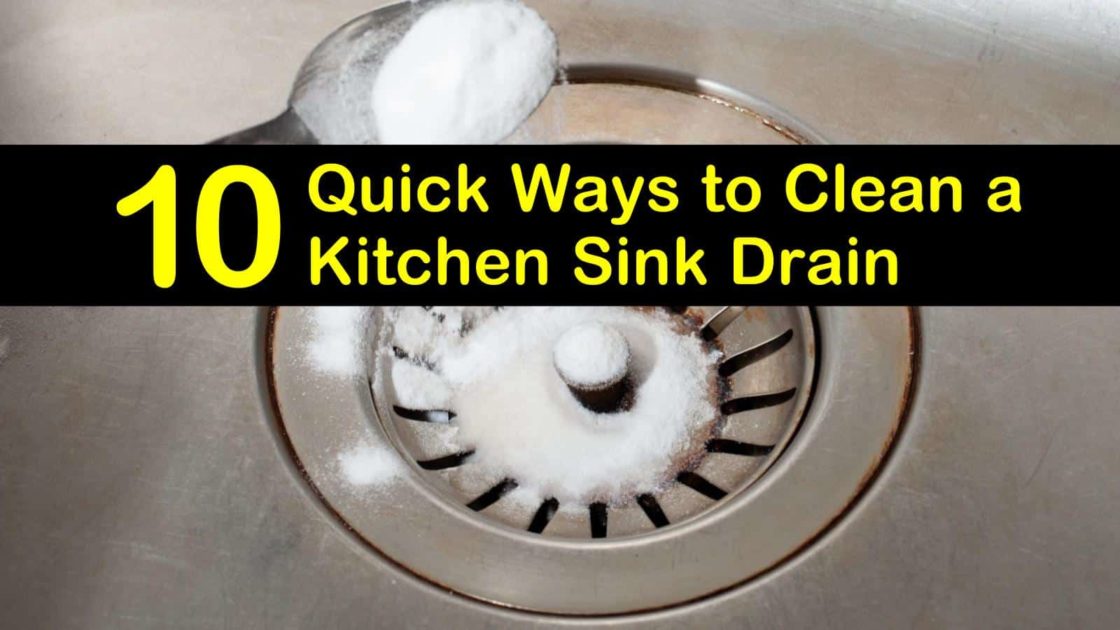 When designing a kitchen, it is important to consider the placement and design of the
kitchen sink drain wall clean out
. It should be easily accessible and strategically placed to not disrupt the flow of the design. The access panel can also be customized to match the overall aesthetic of the kitchen, such as using the same tile or paint color as the backsplash.
In conclusion, a
kitchen sink drain wall clean out
may seem like a small and insignificant detail, but it plays a crucial role in the functionality and design of a kitchen. By incorporating it into your design plans, you can ensure a well-designed and efficient kitchen that will stand the test of time. Don't overlook this important element and consult with a professional designer to make sure it is properly integrated into your kitchen design.
When designing a kitchen, it is important to consider the placement and design of the
kitchen sink drain wall clean out
. It should be easily accessible and strategically placed to not disrupt the flow of the design. The access panel can also be customized to match the overall aesthetic of the kitchen, such as using the same tile or paint color as the backsplash.
In conclusion, a
kitchen sink drain wall clean out
may seem like a small and insignificant detail, but it plays a crucial role in the functionality and design of a kitchen. By incorporating it into your design plans, you can ensure a well-designed and efficient kitchen that will stand the test of time. Don't overlook this important element and consult with a professional designer to make sure it is properly integrated into your kitchen design.







:max_bytes(150000):strip_icc()/freshen-and-unclog-drain-with-baking-soda-1900466-22-bbf940b70afa4d5abef0c54da23b1d3f.jpg)

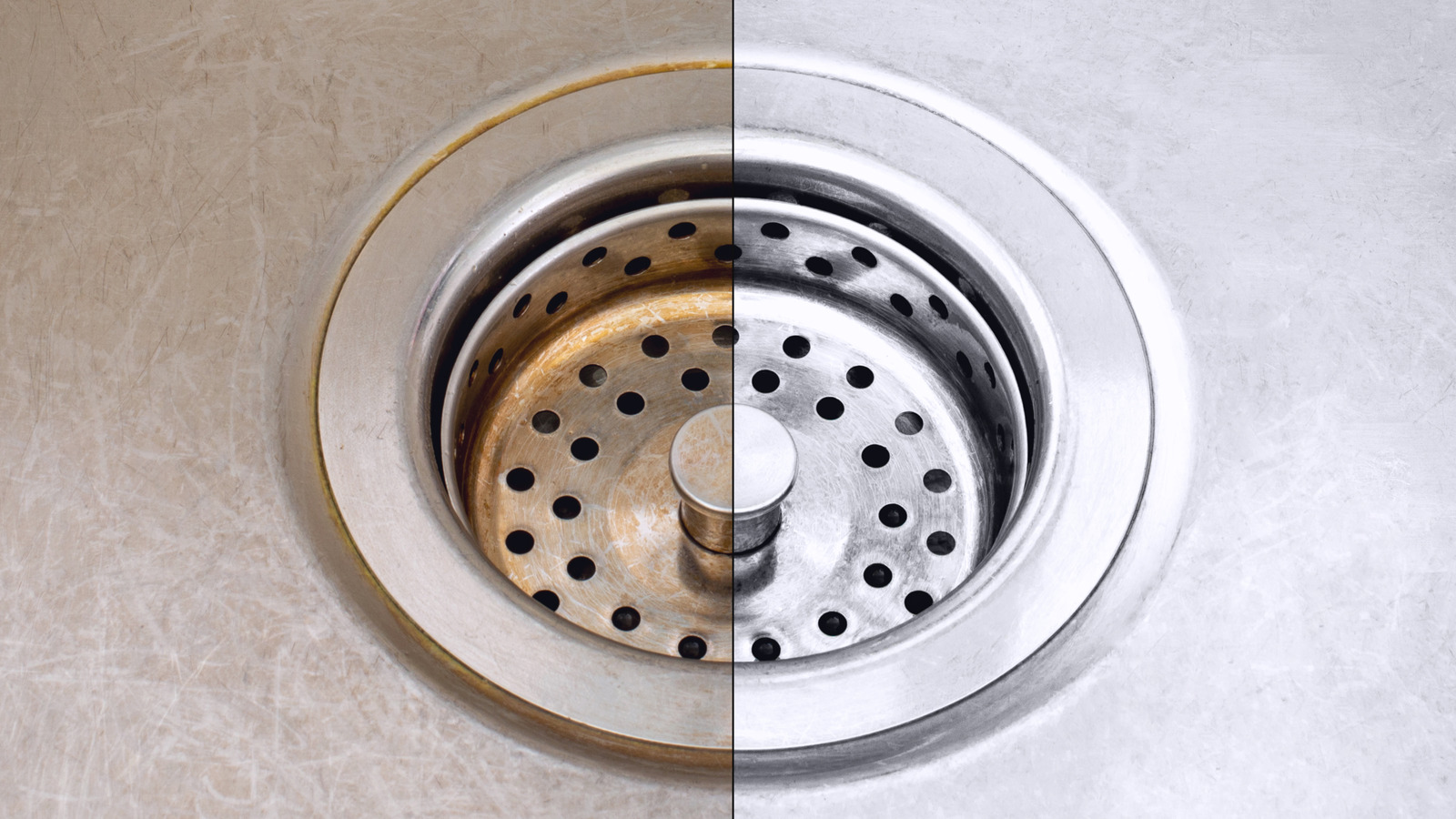
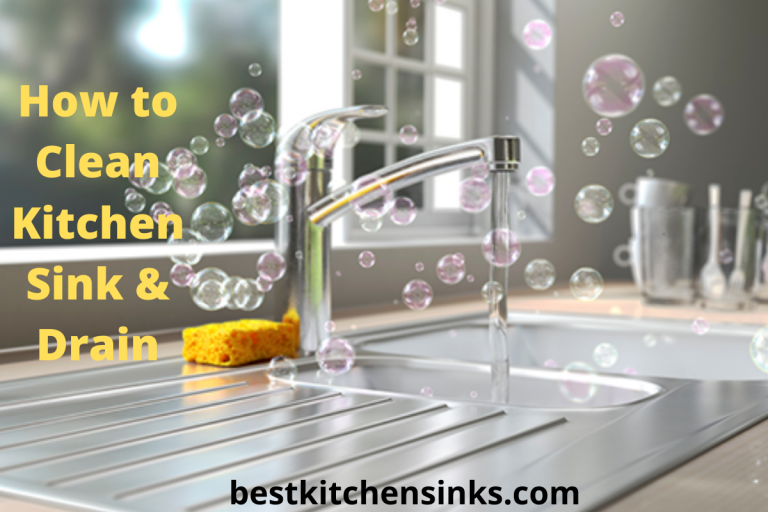
:max_bytes(150000):strip_icc()/how-to-clean-a-kitchen-sink-and-drain-01-5660035-a1d8afe3894346f9a579e66c55e64b7d.jpg)





:max_bytes(150000):strip_icc()/how-to-unclog-a-kitchen-sink-2718799_sketch_FINAL-8c5caa805a69493ab22dfb537c72a1b7.png)









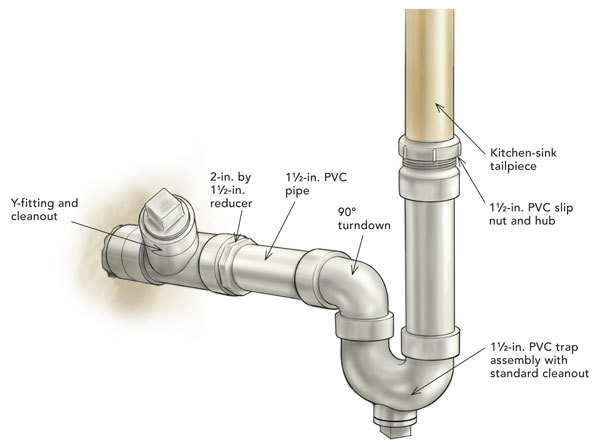
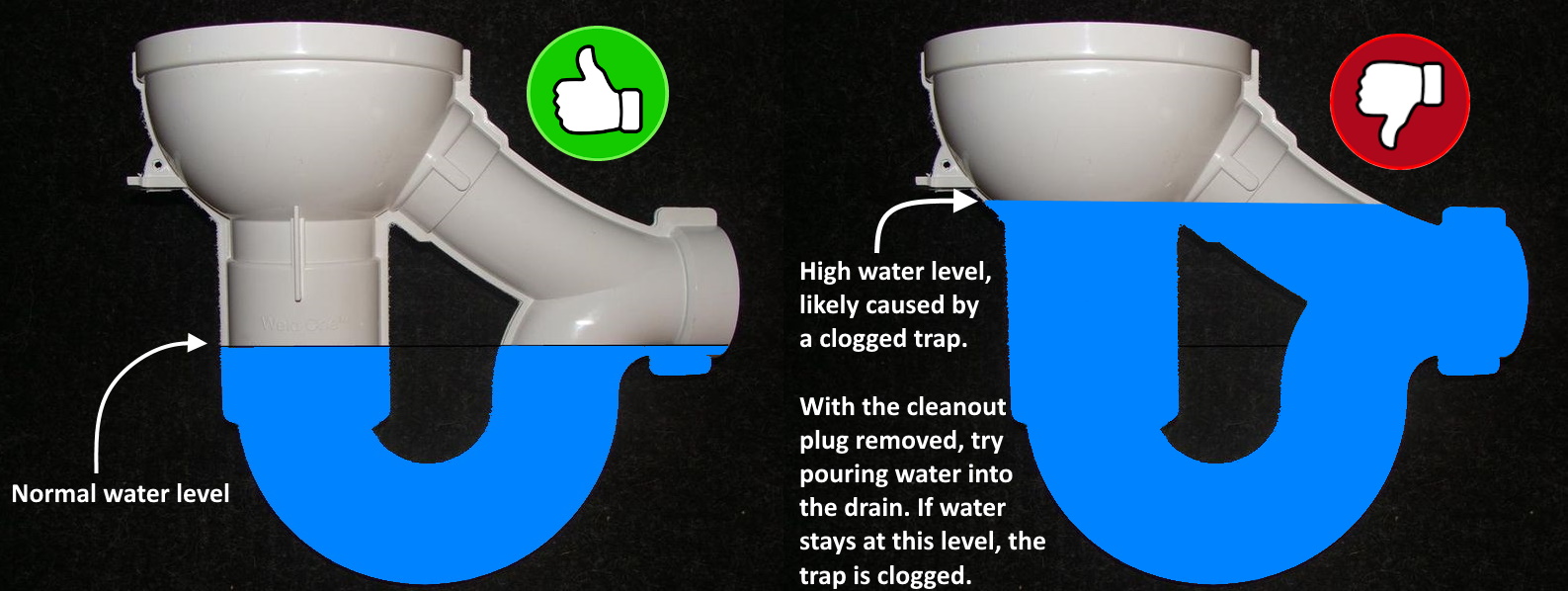
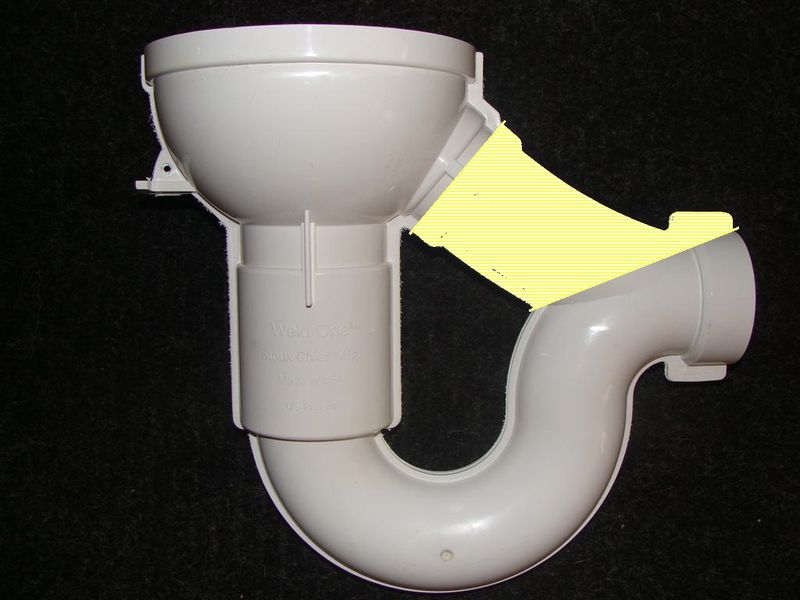
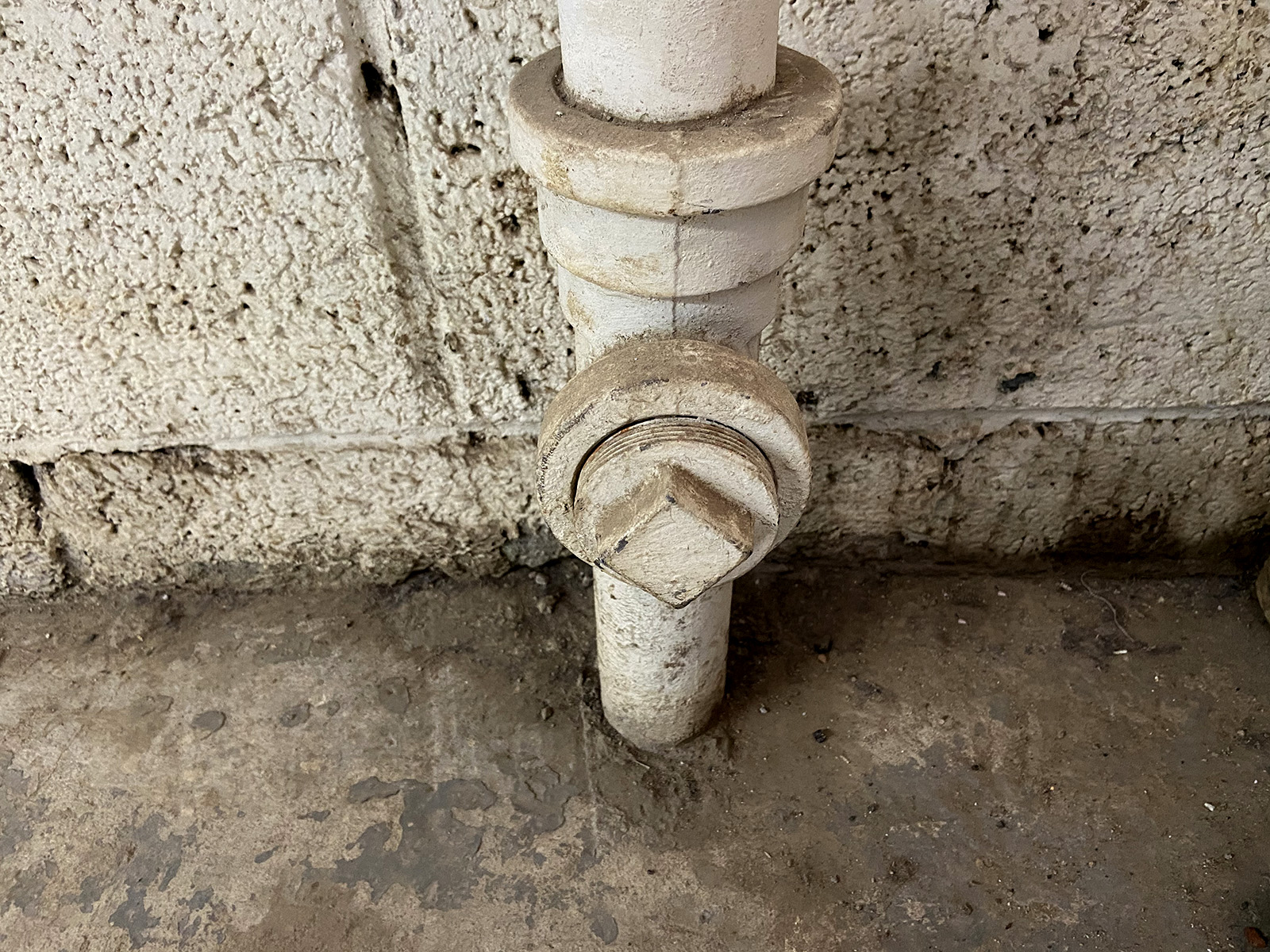
.jpg)




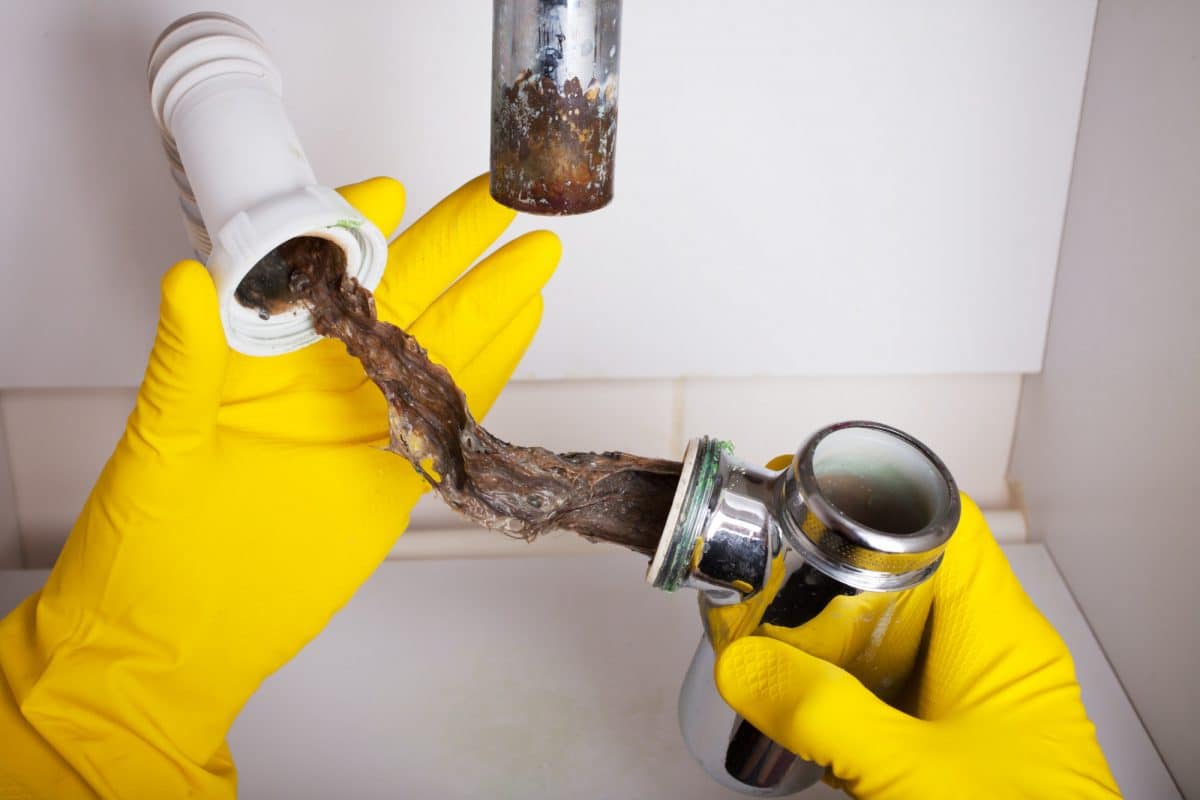



/DrainSnake-c4efd6c0f57e4994a171a4b2f2463059.jpg)
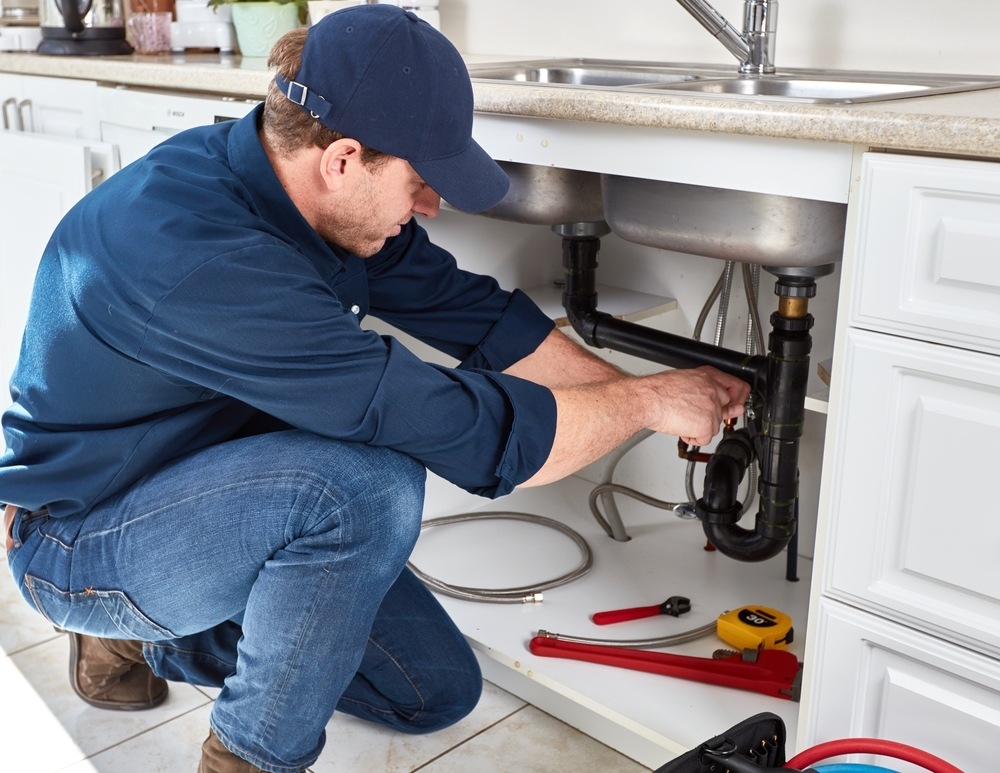
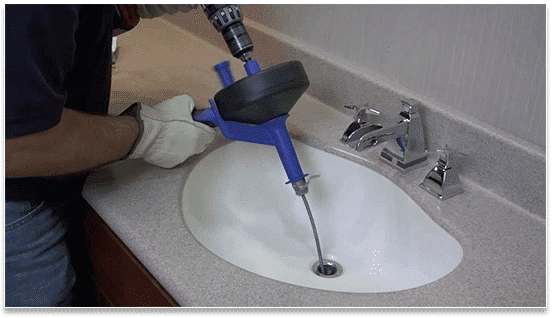
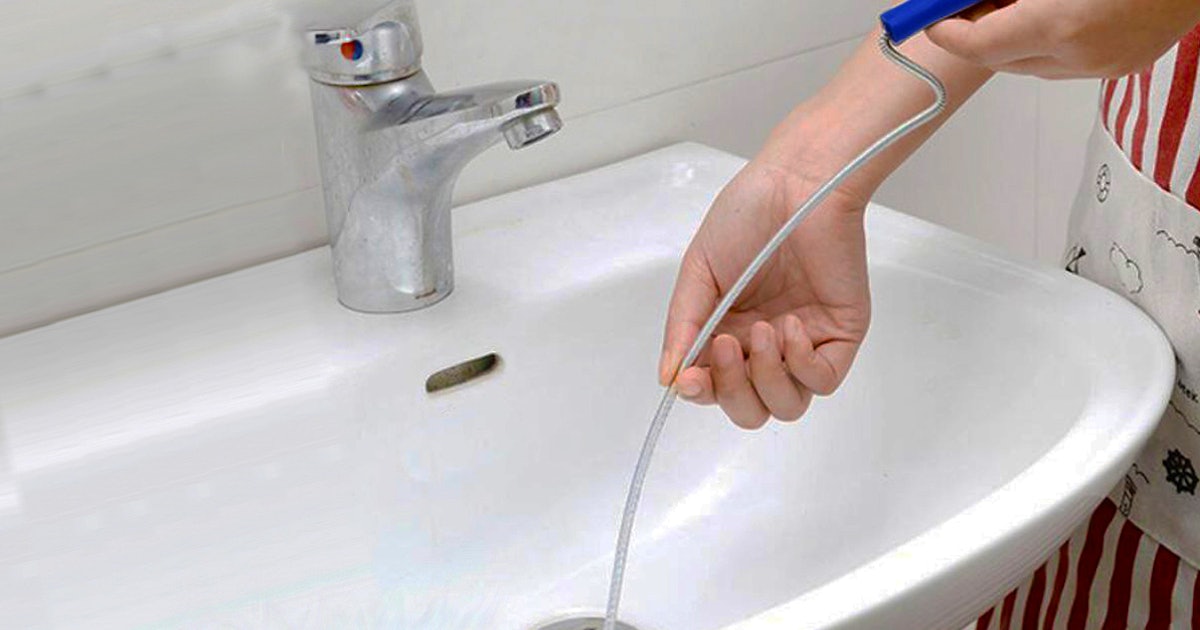





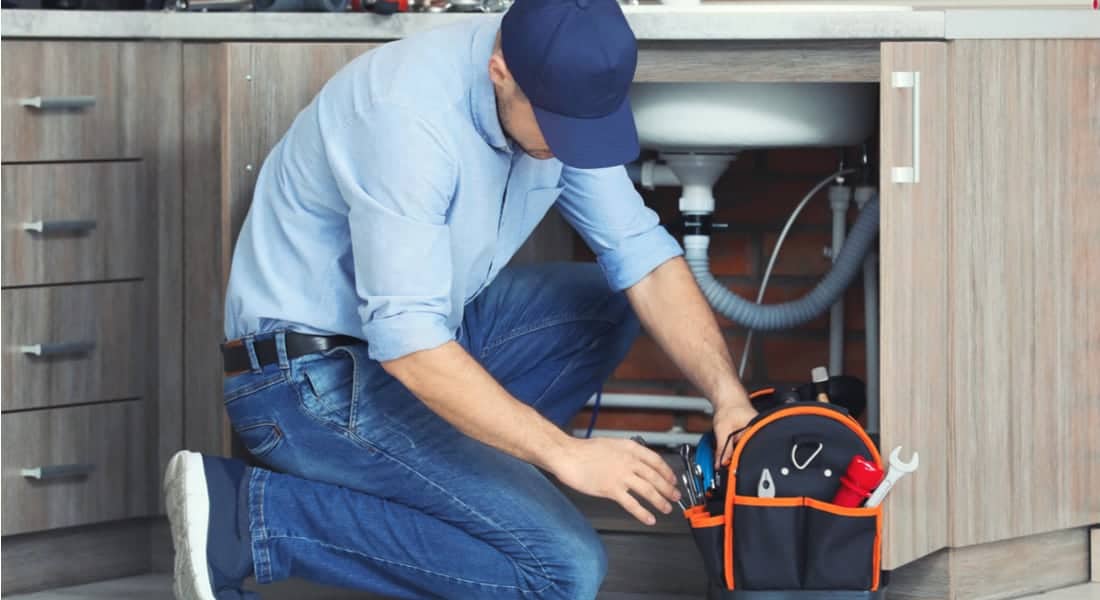


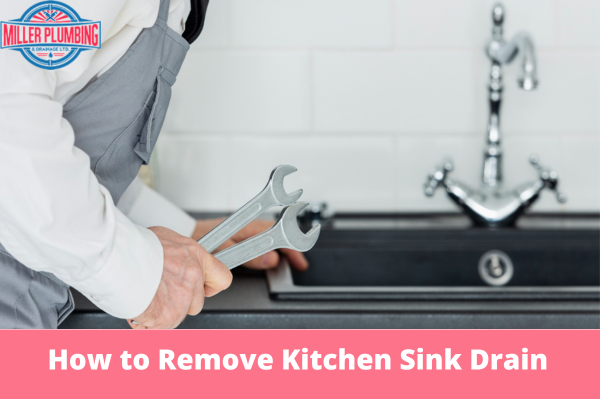























/how-to-install-a-sink-drain-2718789-hero-b5b99f72b5a24bb2ae8364e60539cece.jpg)























